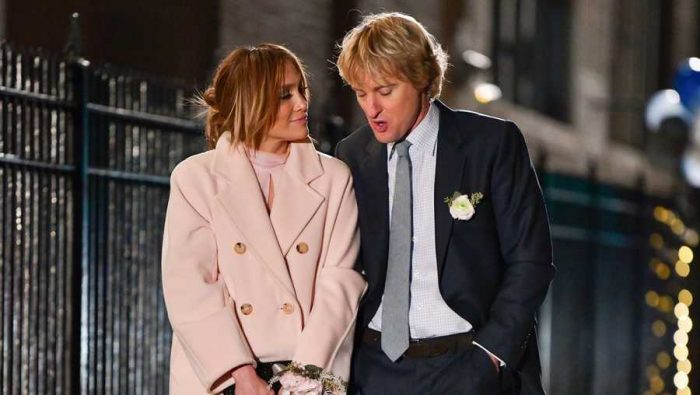Reviewed by Jeffrey Sanzel
The informal definition of “meta” (according to Merriam-Webster.com) is “showing or suggesting an explicit awareness of itself or oneself as a member of its category: cleverly self-referential.” No term better describes Nicolas Cage’s The Unbearable Weight of Massive Talent. And while it is directed by Tom Gormican, from a screenplay by Gormican and Kevin Etten, Cage is the sole reason.
Nicolas Cage plays Nicolas Cage—or, at least, a version of Cage. Here, he is a larger-than-life star with a larger-than-life ego. It is hard to say whether this reflects or distorts the actual Cage. However, Cage, one of the busiest and most enigmatic actors, offers a delightful “meta” performance.

The Cage on display in The Unbearable Weight is an ego-centric star just on the cusp of decline. Frantically pursuing a role, he auditions in front of a restaurant as the director attempts to get into his car. There is more than a whiff of desperation as Cage does everything but beg for the part in the upcoming film.
Driven by fiscal problems (he is in arrears to the tune of $600,000 for the apartment he rents), he agrees to attend the birthday party of billionaire playboy Javi Gutierrez (Pedro Pascal), being held on Javi’s compound in Mallorca, Spain.
While there, CIA agents Vivian (Tiffany Haddish) and Martin (Ike Barinholtz) approach Cage. They inform him that Javi is an arms dealer who has kidnapped a politician’s daughter to drive him out of an upcoming election. The agents enlist the reluctant Cage to aid with the recovery mission.
The plot veers to Hollywood blockbuster. While initially elements nod towards something heightened and outrageous, in the end it is a buddy comedy between Cage and Pascal. There is an attempt to satirize (at least spoof) the genre, but mostly it lands in safe territory. There are funny moments (the wall scene spoiled by every trailer; a viewing of Paddington 2), but many situations seem forced (an acid-tripping scene; the sedative bit).
The Unbearable Weight of Massive Talent is at its best when delving into Cage’s psyche and simultaneously mammoth and fragile ego. Several times he is confronted by his younger self. Regrettably, there are only three of these moments, and we are left wondering if there were not more that ended up cut because they were (once again) too “meta.”

Cage’s ability to put himself in the crosshairs of his own pretension make for the strongest fodder. He often speaks of his acting process—“nouveau shamanic”—and his desire to make a “character-driven adult film.” He struggles with the difference between actor and movie star, perpetually obsessing over his choices. He is not so much oblivious to his daughter, Addy (Lily Sheen), as his energy is misplaced, mistaking his own likes for sharing. His fractious but not unloving relationship with his estranged wife, Olivia (Sharon Horgan), highlights his inability to look beyond his career. He is where doubt and narcissism implode.
Both Sheen and Horgan give fine, understated performances, but they are minor characters on this broader stage. Neil Patrick Harris appears briefly as Cage’s agent, a character that barely has one dimension. The same is true of Alessandra Mastronardi as Gabriela, Javi’s faithful assistant. Paco León, as Javi’s cousin Lucas, is a by-the-numbers hoodlum. Haddish and Barinholtz hit the right notes but have very little to play.
Pascal makes the perfect fanboy who possesses an encyclopedic knowledge of the minutiae of Cage’s career, complete with a trophy room (also spoiled by the trailers). While Javi is eager for Cage to star in the screenplay he has written, the burgeoning bromance drives the character. The plot creaks in fits and starts, and an unfortunate plot twist softens the entire nature of the relationship. But Pascal and Cage have real chemistry and make the more conventional stretches watchable.
The film is an uneasy mix of comedy, abduction thriller, and meta-exploration. If the creators had leaned more into the last (think Being John Malkovich), the result would have been both engaging and surprising. But, in the end, The Unbearable Weight of Massive Talent delivers an entertaining parody that does not quite live it up to its greater potential. One suspects that they had a bigger concept and lost their way. Or perhaps, they got spooked thinking that just like the discussion of film within the film, something more esoteric would not play to a general audience. Or, even a greater heresy, sell.
Rated R, the film is now playing in local theaters.

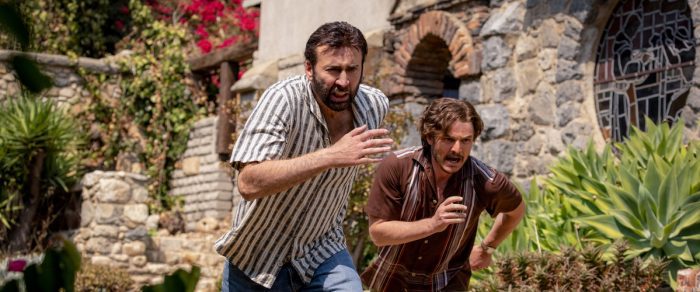
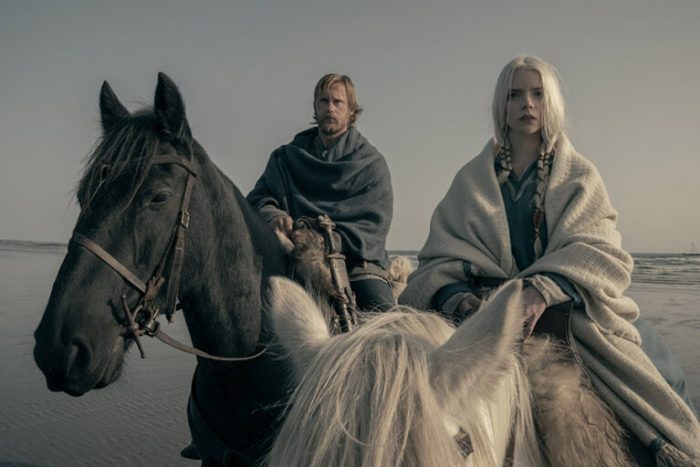
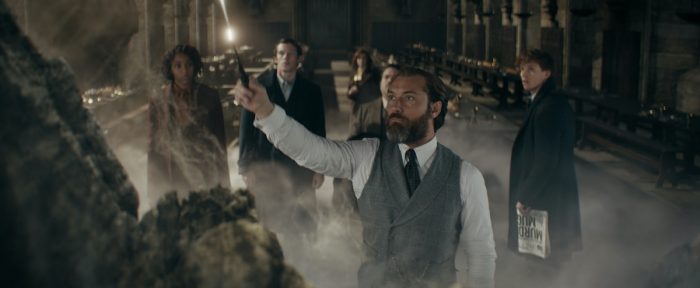



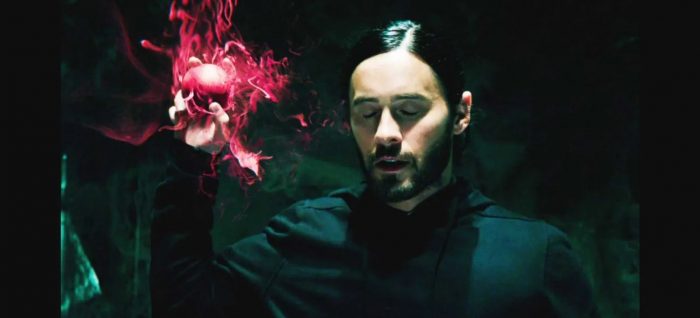



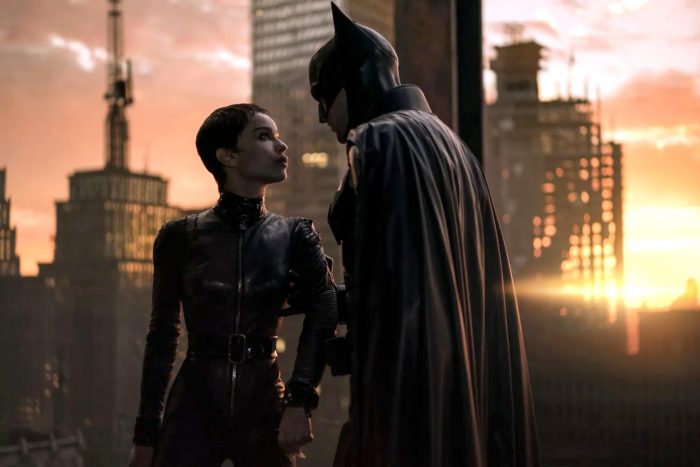


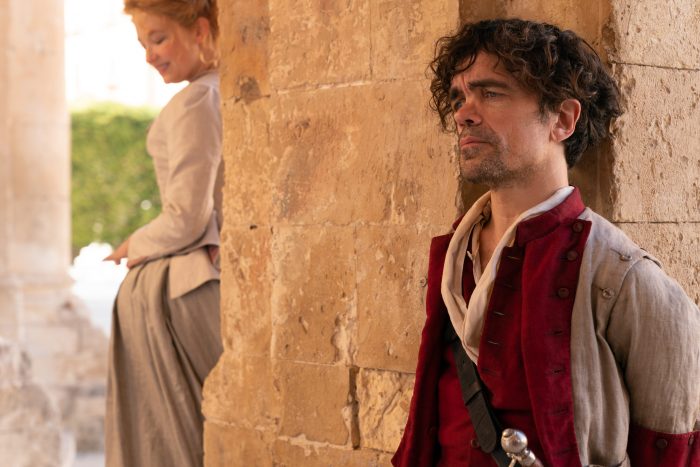



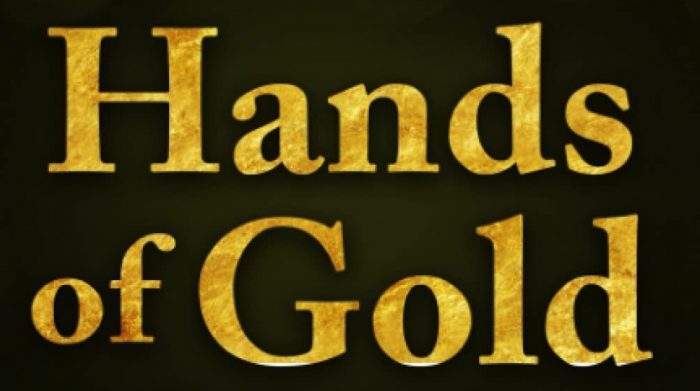

 Robbins wisely eschews the easy, idyllic family life for one of constant challenges, exacerbated by Sam’s father’s passing and his elder brother’s return. Always in the background is the hope of America—the land where the streets are paved with gold. At age eighteen, Sam escapes the family (as well as dodge army service), ending up destitute in Prague, only to return home. With his second attempt at liberation, he spends time in Germany before crossing the Atlantic and jumping ship in Montreal. The book is a Brave New World adventure story, a unique take on “Go West, young man.”
Robbins wisely eschews the easy, idyllic family life for one of constant challenges, exacerbated by Sam’s father’s passing and his elder brother’s return. Always in the background is the hope of America—the land where the streets are paved with gold. At age eighteen, Sam escapes the family (as well as dodge army service), ending up destitute in Prague, only to return home. With his second attempt at liberation, he spends time in Germany before crossing the Atlantic and jumping ship in Montreal. The book is a Brave New World adventure story, a unique take on “Go West, young man.”